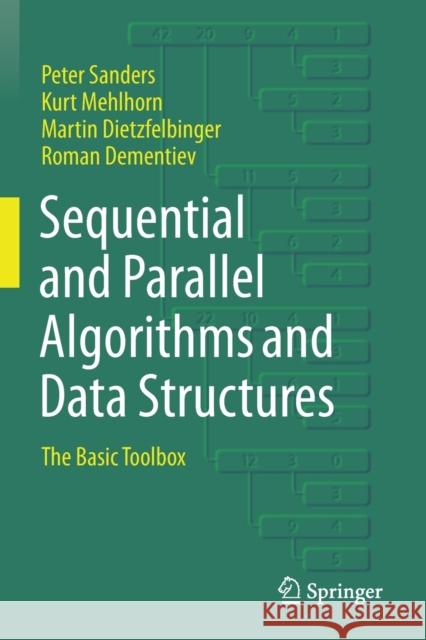Sequential and Parallel Algorithms and Data Structures: The Basic Toolbox » książka
topmenu
Sequential and Parallel Algorithms and Data Structures: The Basic Toolbox
ISBN-13: 9783030252113 / Angielski / Miękka / 2020 / 509 str.
Sequential and Parallel Algorithms and Data Structures: The Basic Toolbox
ISBN-13: 9783030252113 / Angielski / Miękka / 2020 / 509 str.
cena 181,55
(netto: 172,90 VAT: 5%)
Najniższa cena z 30 dni: 173,46
(netto: 172,90 VAT: 5%)
Najniższa cena z 30 dni: 173,46
Termin realizacji zamówienia:
ok. 22 dni roboczych.
ok. 22 dni roboczych.
Darmowa dostawa!
Kategorie:
Kategorie BISAC:
Wydawca:
Springer
Język:
Angielski
ISBN-13:
9783030252113
Rok wydania:
2020
Wydanie:
2019
Ilość stron:
509
Waga:
0.72 kg
Wymiary:
23.39 x 15.6 x 2.69
Oprawa:
Miękka
Wolumenów:
01
Dodatkowe informacje:
Wydanie ilustrowane











